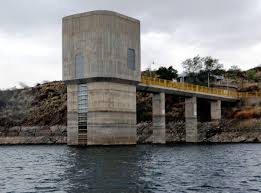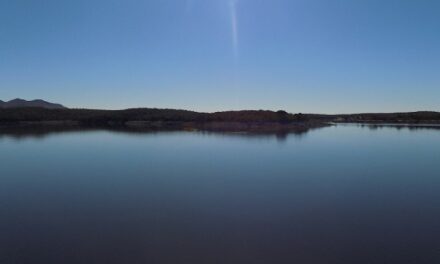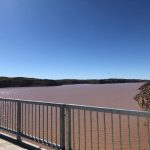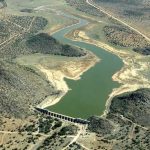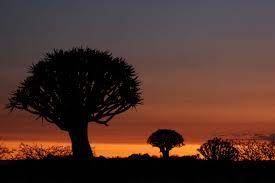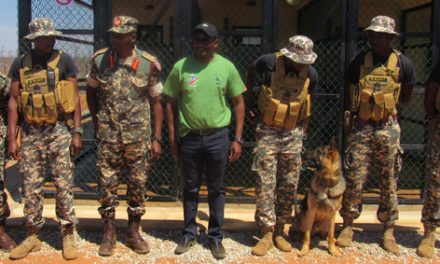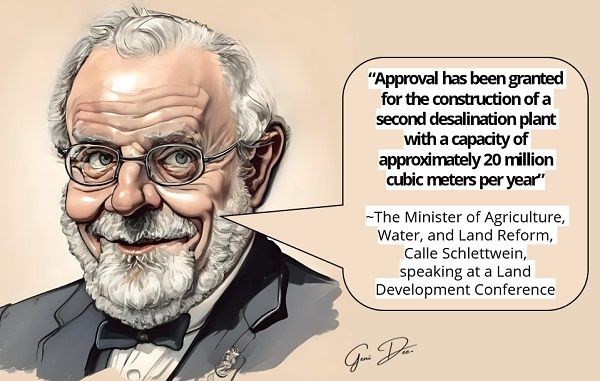
Steady KAZA progress since comprehensive elephant survey in 2022

By Freeman Ya Ngulu.
Approaching two years since a comprehensive aerial survey of the elephant populations in the Kavango Zambezi (KAZA) Transfrontier Conservation Area, it is confirmed that this area carries roughly half of all the savanna elephants on the continent.
The survey conducted in August 2022 was the first to cover KAZA as a whole. Previous surveys were done separately for Namibia, Angola, Zambia, Zimbabwe and Botswana of which the results were then pooled to form an idea of the total number of elephants. This has always been a daunting task given sub-populations’ propensity to wander across political borders, with some individual animals often covering hundred of kilometres during a season.
The elephant population for the region is estimated to approach a quarter of a million animals based on numbers from previous counts held in each of the five countries and confirmed by the 2022 survey which also showed that populations were growing in some countries and declining in others, but remained stable over the whole region.
Botswana accounted for 58% of the elephant population, Zimbabwe for 29%, Namibia for 9%, and the remaining 4% of in Zambia and Angola. The survey also found signs of about 26,000 mortalities constituting nearly 10% of the regional population.
KAZA containes the corridors for wildlife to move from one country to another. Namibia’s total land contribution to KAZA includes parts of Kavango East and the Zambezi Region as well as Khaudum National Park and the Nyae Nyae Conservancy.
The 2022 KAZA survey was the first to use a coordinated and synchronised flight plan that follows aerial survey standards developed by MIKE (Monitoring the Illegal Killing of Elephants) under CITES (the Convention on International Trade in Endangered Species).
Deputy Director in the Ministry of Environment, Forestry and Tourism, Kenny /Uiseb, the KAZA survey brought the five individual countries together, demonstrating the need to cooperate to take KAZA from concept to reality.
Transboundary conservation advisor from WWF Namibia, Dr Russell Taylor, who has worked in the region for many years, emphasised the importance of a synchronised survey methodology to establish reliable baselines to increase the understanding of elephant migratory routes and seasonal patterns.
/Uiseb underscored the importance of collaboration stating that it would have been impossible to conduct such a complex survey without donors who provided the funding, partner countries who gave the required permissions and civil aviation authorities who approved the aircraft for all five partner countries.















